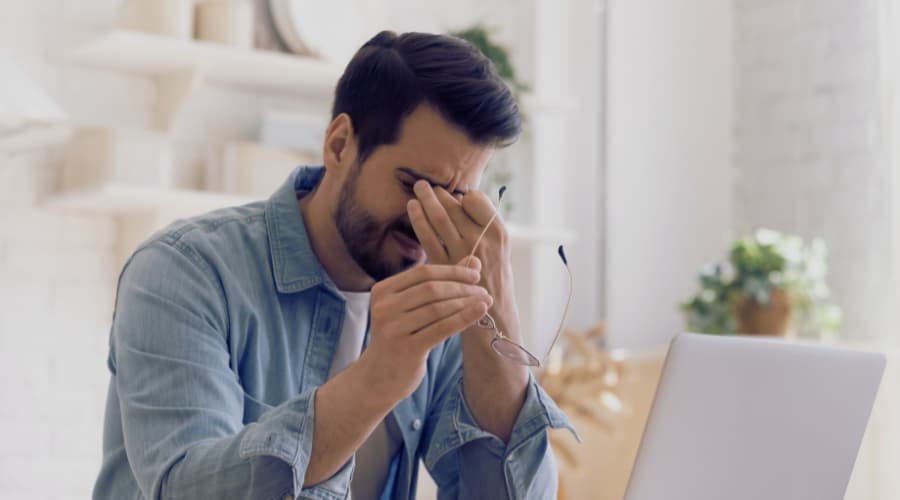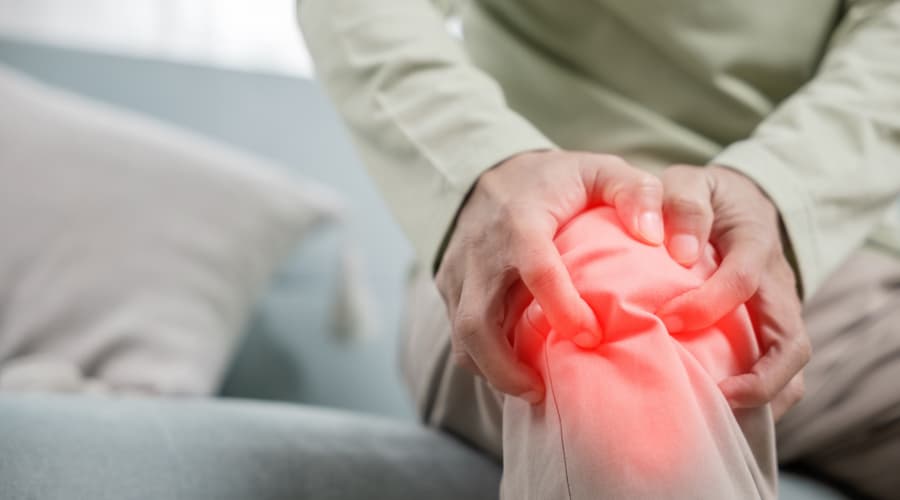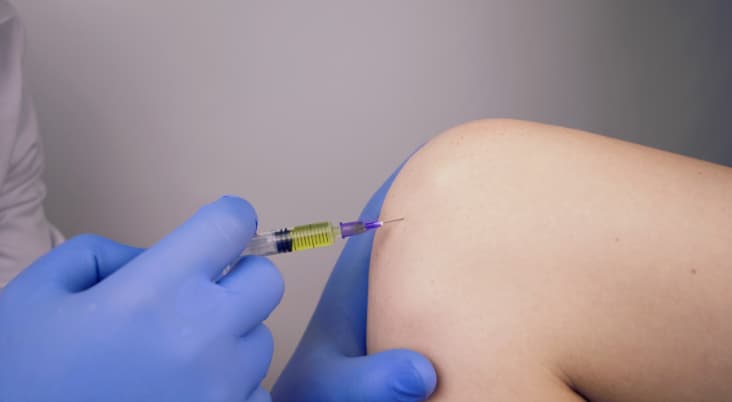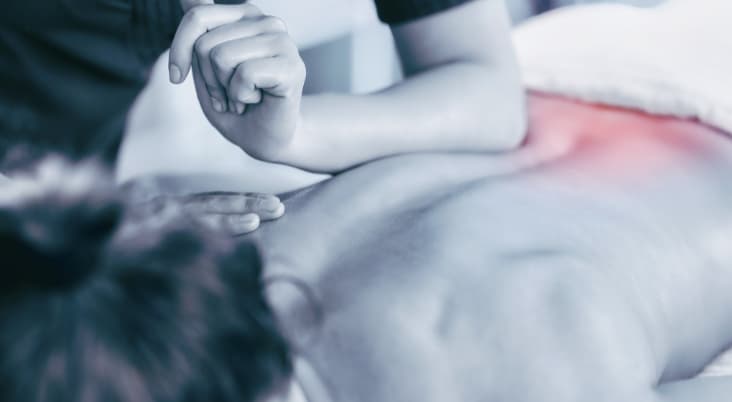There are millions of people who play golf, not just here in the UK. It’s a sport that appeals to young and old alike and has a number of health benefits.
Whether you’re an avid golfer who’s out on the greens most weeks or someone who just loves to get out on a Sunday morning with your clubs, staying fit and mobile is important.
One of the most common problems that golfers suffer from is pain in the lower back. We see quite a few people during the year at our chiropractic clinic who have injured themselves playing the sport. Everyone who loves golf will have some sympathy with a professional like Tiger Woods who has suffered from a serious back issue for a few years now.
If you’ve never played before, you might be surprised to learn that the act of swinging a golf club requires a good deal of flexibility and strength in order to propel the ball just a small distance.
The vast majority of golfing injuries are influenced by the mechanics of the golf swing itself and its stress impact on the body. Overuse of specific parts of the body for a fairly lengthy period of time when you’re playing a long round of golf can cause major issues. Over the years, small amounts of damage can eventually lead to back pain.
For professional golfers, the risks are much higher, of course, simply because they play more often. Today’s modern golf swing puts more pressure on areas like the lumbar region, especially during the follow-through.
Taking a Closer Look at the Golf Swing
There have been changes in recent years with the golf swing from the classic to the modern approach and it’s useful to get a chiropractor’s view on how both these affect the body in different ways.
The Classic Golf Swing and Your Back
The benefits to the back of the classic golf swing are that the hips and shoulders move in unison. This puts far less pressure on the body, particularly the lower lumbar region. In the backswing, the shoulders and hips move back together and, at the top of the swing, the rotation is relatively equal.
Things stay together as the golfer moves into the downswing and, again, there’s equality between the hips and shoulders as they drive through the ball. This means through the entire swing, the lumbar spine remains neutral.
Where you can cause more stress and the likelihood of more back problems, is when these two parts of the swing are slightly out of sync, something that happens with many amateur and older golfers.
The Modern Golf Swing and Your Back
If you’re relatively new to golf, young or a professional, you’ll probably be more likely to learn the modern golf swing if you want to get more distance on your drives. This makes a point of separating the hips and shoulders with the hips leading the way. The hips begin the downswing but by the time the golfer impacts the balls the hips have come through to face the target area with the shoulders then following through.
This causes a greater lateral trunk flexion and lumbar hyperextension. This may sound technical but what it means is that much greater stress is placed on the body, particularly the lumbar or lower back region.
The purpose of the modern golf swing is to get the most rotation out of the shoulders so that the speed of the club head is increased and you achieve greater power. The downside is that it can cause significant damage to the back.
Damage Caused By the Golf Swing
Whether it’s because of poor technique or because you are professional with a modern swing, putting pressure on the lumbar spine is delivered at a cost. That lateral flexion as you come into the downswing puts a lot of strain on the disc and facet joints to one side of the spine. Over time this can lead to wear and tear, an issue that is now being seen in many younger, professional golfers.
Why Older Golfers are Susceptible to Injury
It’s not just the act of the golf swing that can cause issues. Older golfers will naturally find their spinal mobility decreasing as they age and that makes it more likely for them to suffer from problems such as back pain. The majority of golfing injuries involve the lower back, something we can attest to at our chiropractic clinic.
Injuries include lumbar disc herniation, disc degeneration, stress fractures and facet irritation. With such significant loads on the spine, even for your average amateur, any change to the lower back because of age and conditions such as osteoporosis are going to make a difference. There are also risks in developing muscle tears, tendon and ligament damage.
Tips for Maintaining a Healthy Back
The good news is that there are certain preventative measures you can employ to give yourself a better chance of avoiding back issues if you play golf.
Here are our chiropractor team’s top tips:
Keep Yourself Fit
This is probably a tip for general life but is certainly important if you play golf regularly. Doing some extra work to strengthen your back and muscles will help protect you from injury. Light weights and stretching regimes such as yoga will keep you flexible and may even improve your golf swing.
Losing a little weight if you have put on a few pounds is also important for flexibility and fitness as is staying hydrated, so make sure you take a bottle of water around with you on your next round.
Always Warm-Up
Golf is often seen as a more relaxed sport, especially among amateurs. With any physical activity, you should always start with a gentle warm-up to get the muscles moving, improve flexibility and get the blood flowing. Try these simple exercises from the Golf Care Blog.
Compensate for Old Injuries
You may have damaged your lower back before so it’s important to be aware of any previous injuries and understand what is good for your body and what isn’t. It’s important to pace yourself and play within your physical ability even if you are in a competition.
Have the Right Kit
As with any sport, make sure you have the appropriate kit for playing golf. That includes suitable footwear, not wearing clothes that are too tight and buying clubs that are appropriate to your body spec.
Improving your Hip and Trunk Rotation
Hips rotations and little exercises, while you are moving through the course, will help you maintain flexibility and keep you warmed up on your round. One idea is to try a gentle left and right-handed practice swing to maintain flexibility.
We suggest sticking to the classic golf swing and working to improve this if you are not a professional. It’s important to try and keep some symmetry in trunk rotation with the shoulders so that everything moves more or less together rather than the shoulders or the hips lagging behind. The more you can do this, the less stress you’ll put on your lower back.
Working with a Chiropractor
If you have a chronic problem with your back and it is affecting your ability to play golf, it’s important to get the right advice and treatment.
A visit to your local chiropractor or osteopath will help diagnose the exact problem and give you the right tools to tackle the issue so that you can soon be back on the course.
Related Articles
- Managing your Back Pain
- Active recovery from chronic back pain and how to help!
- Is the cold weather making your back pain worse?
- Back Pain FAQs




























